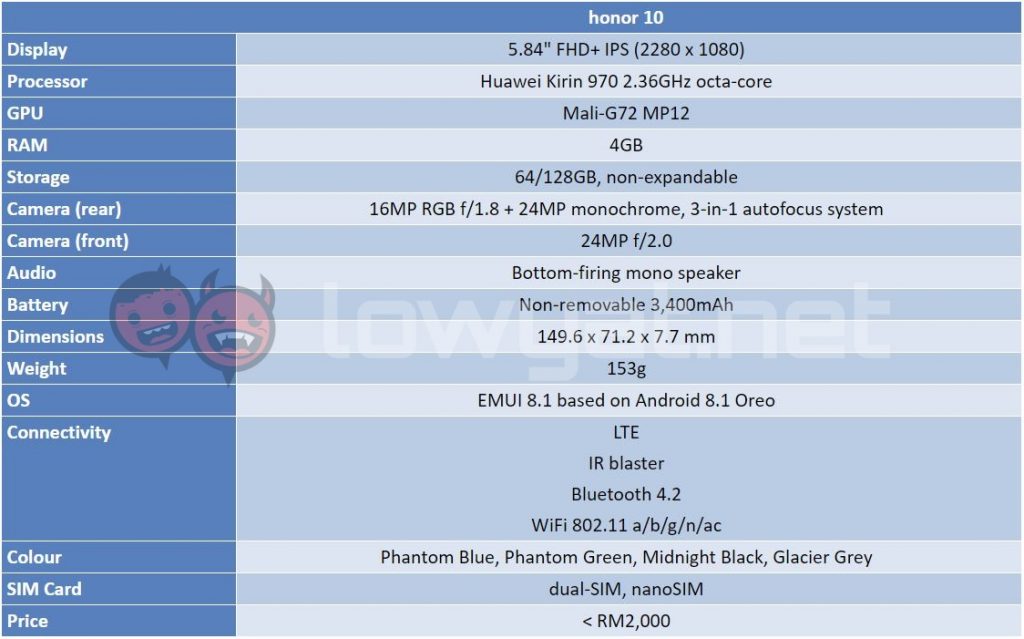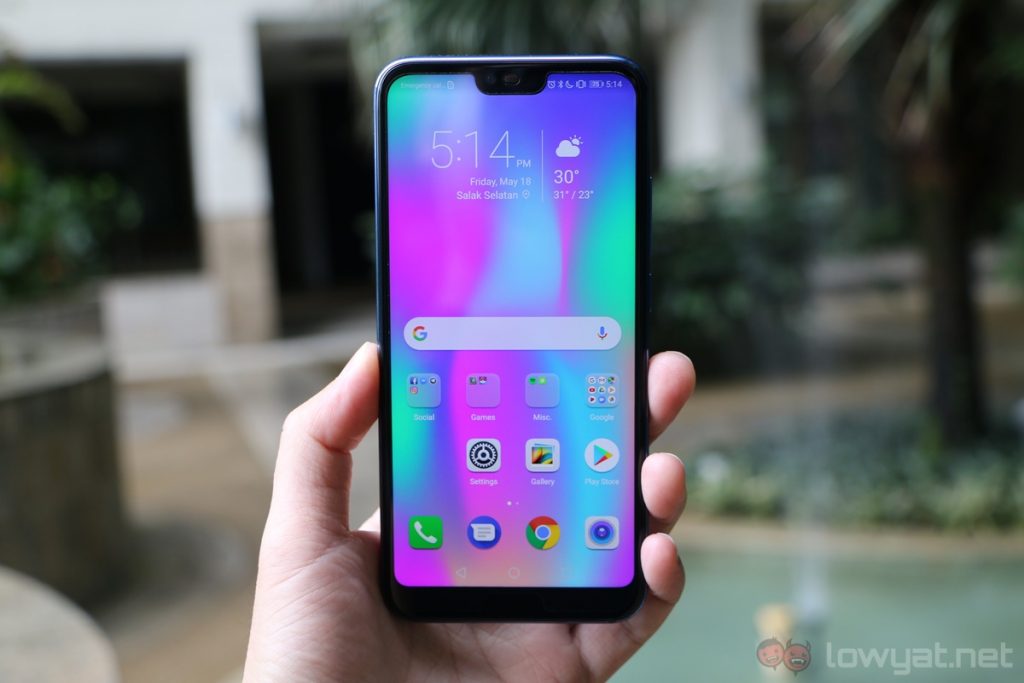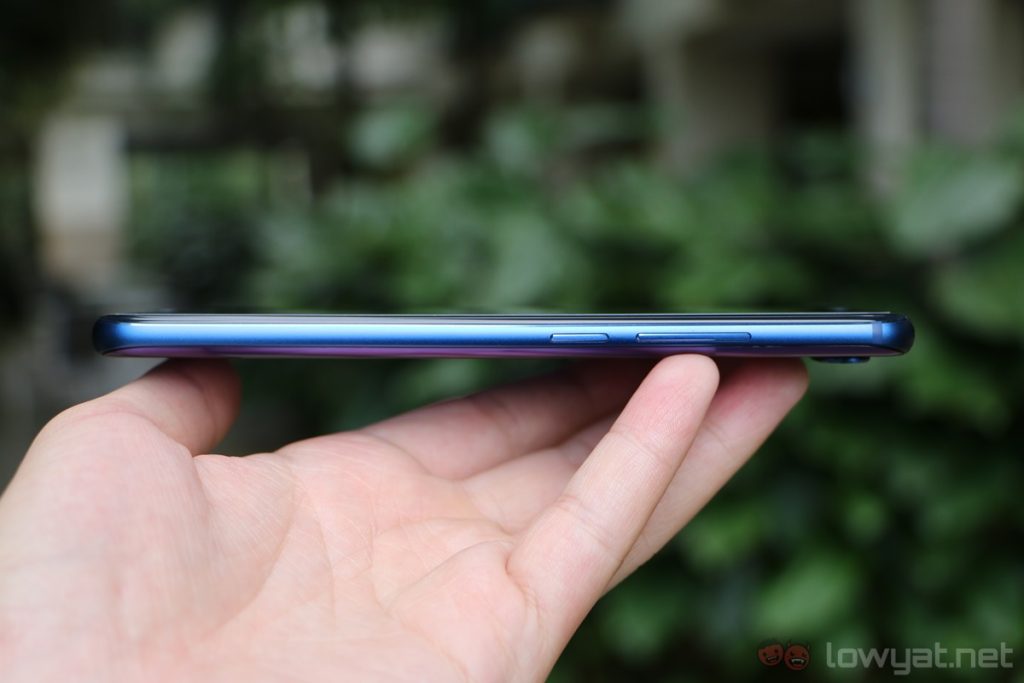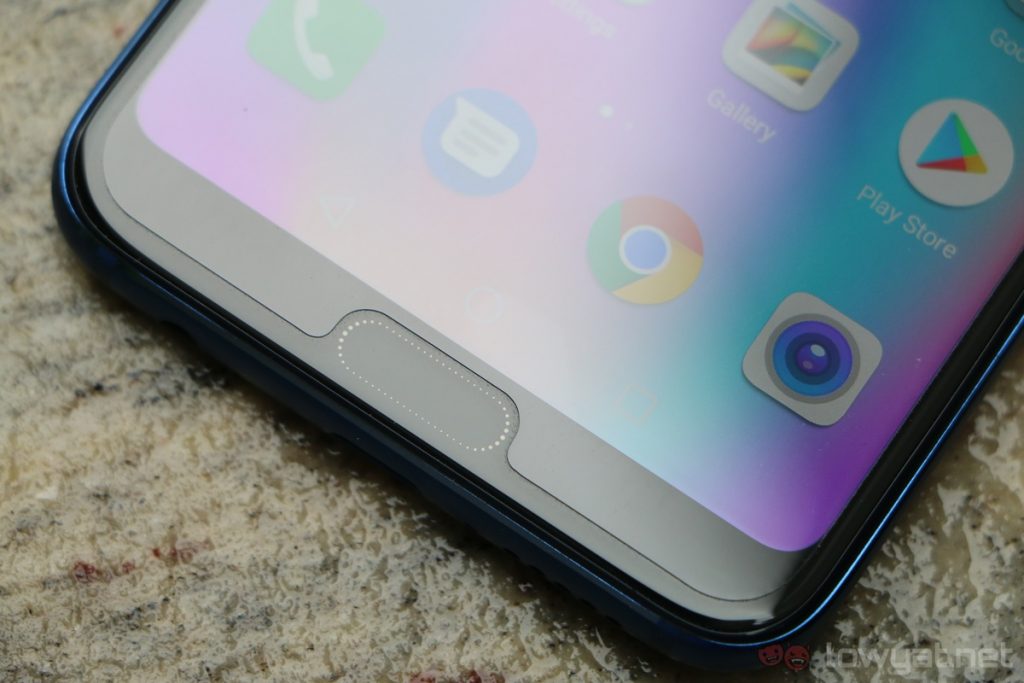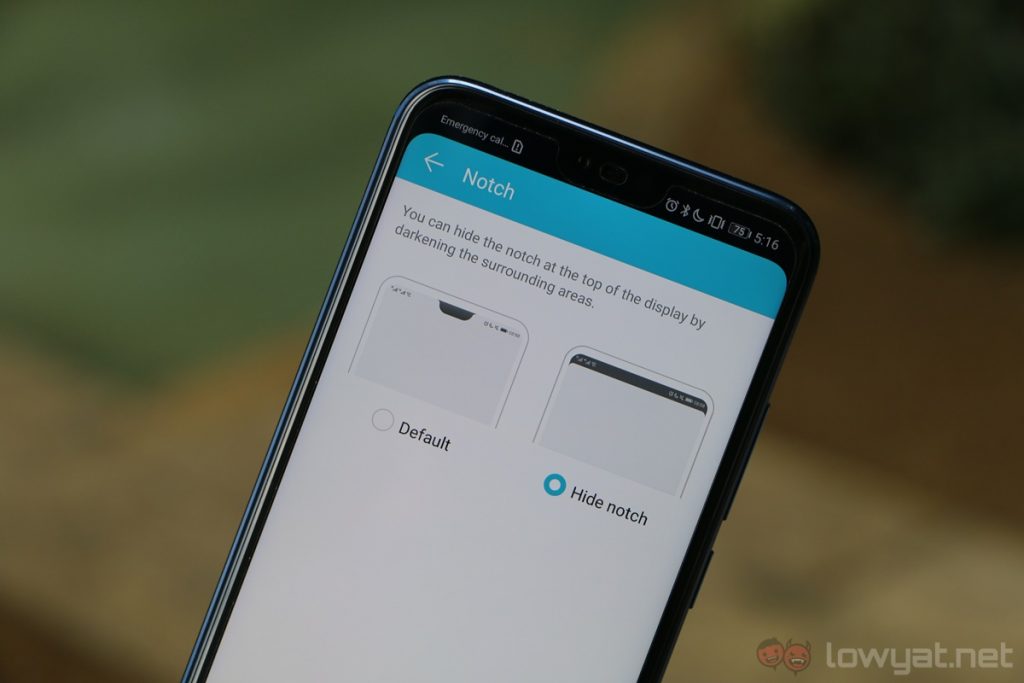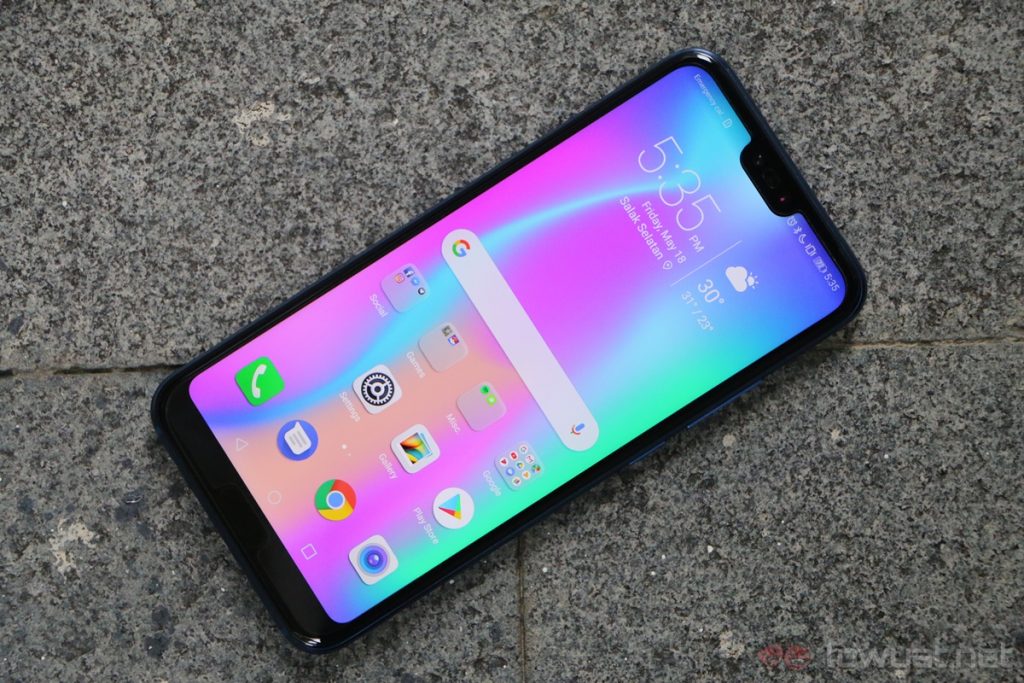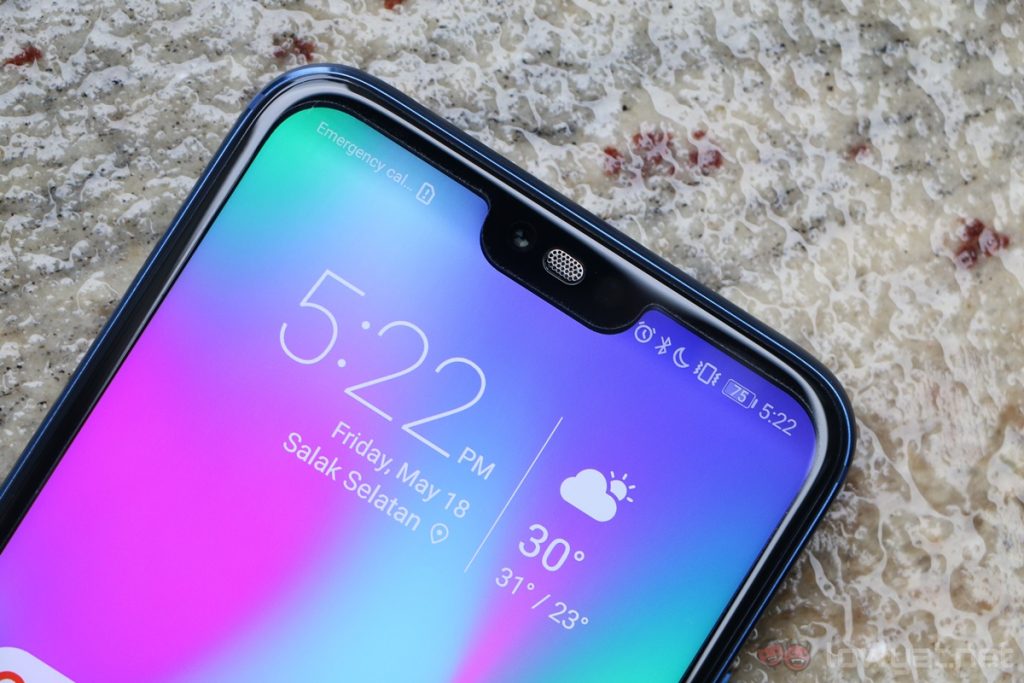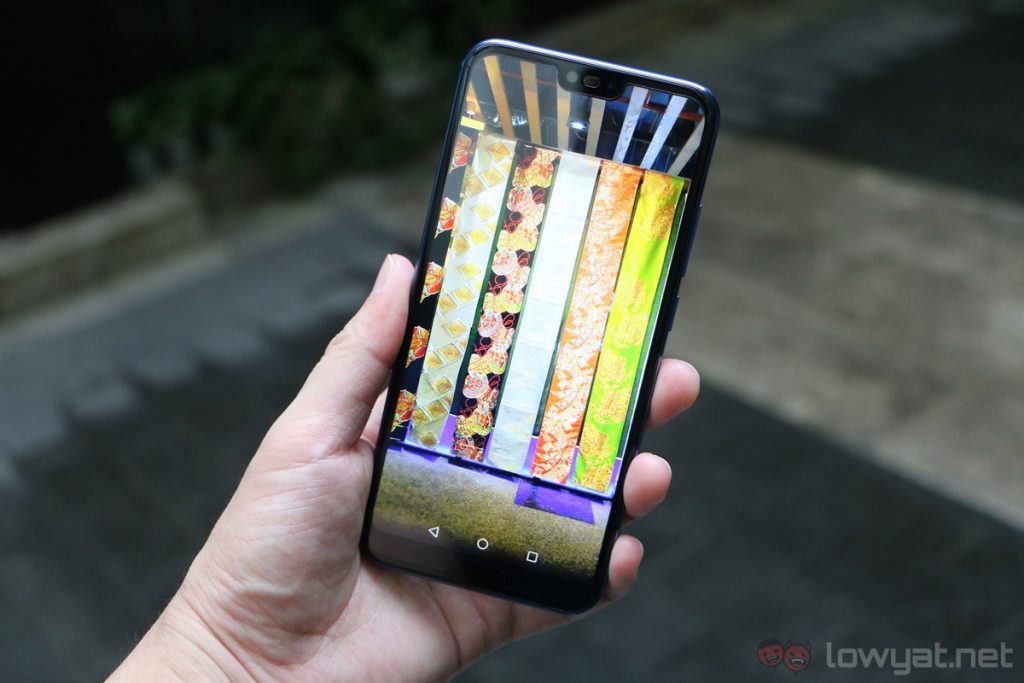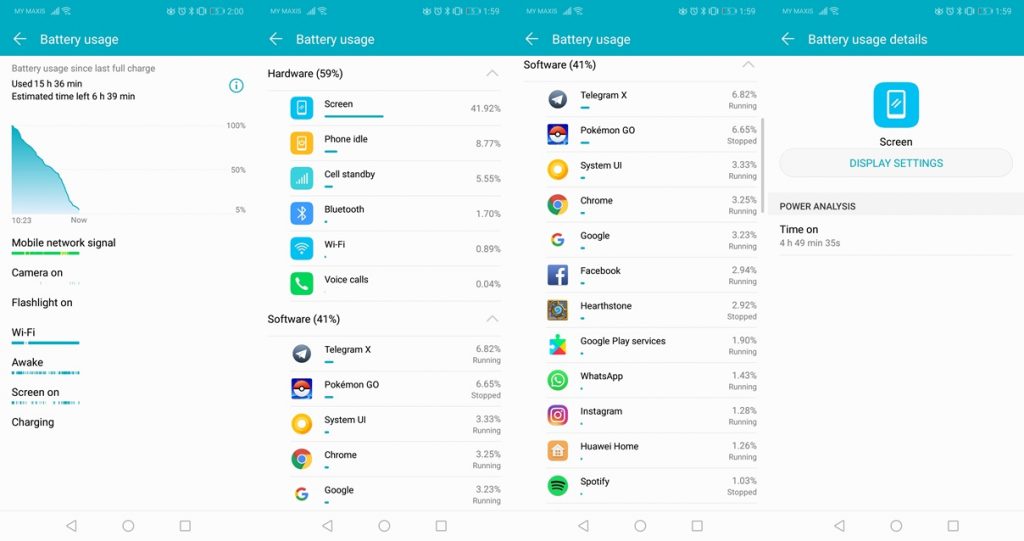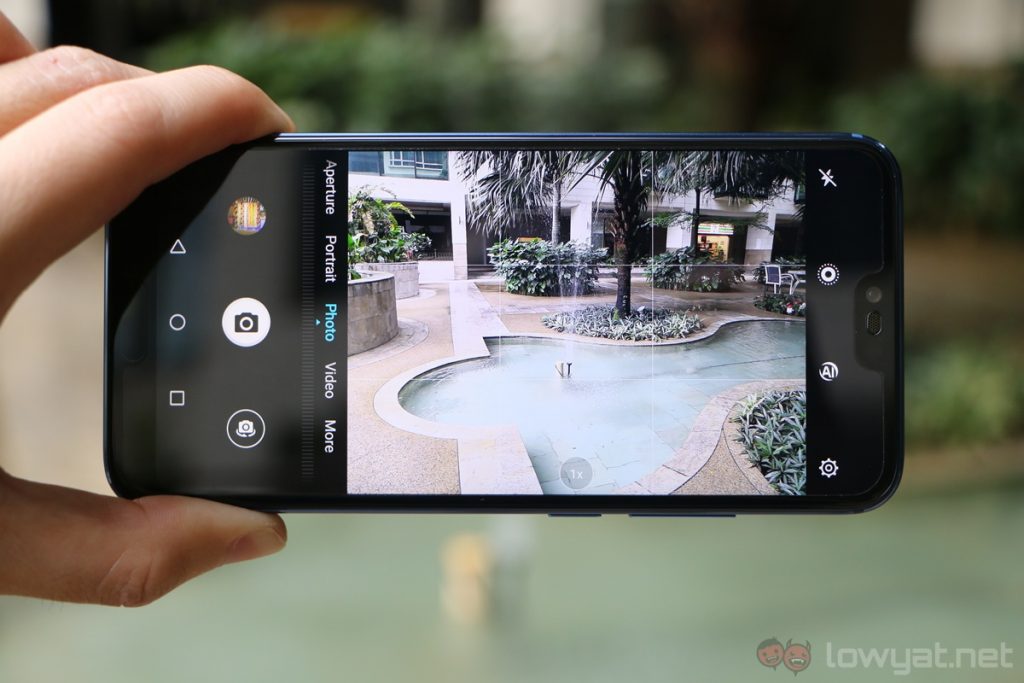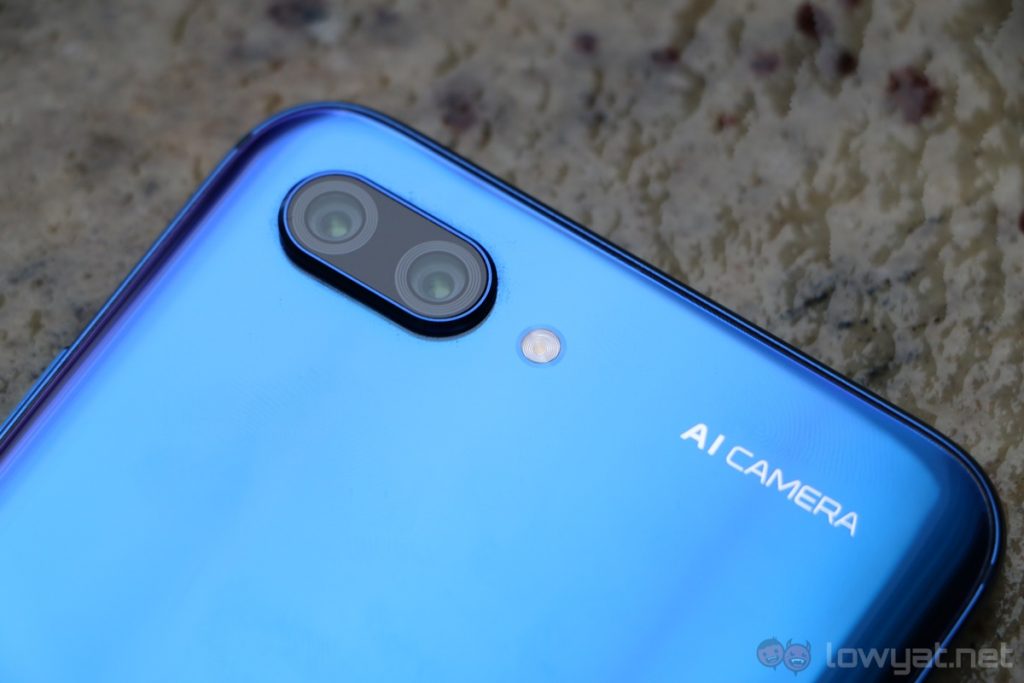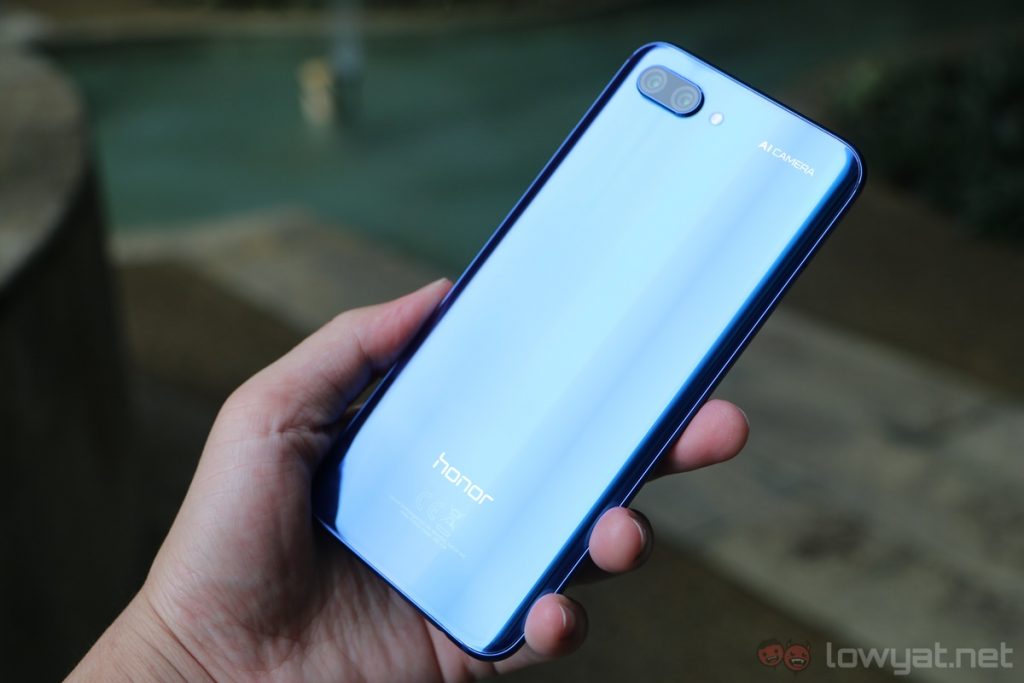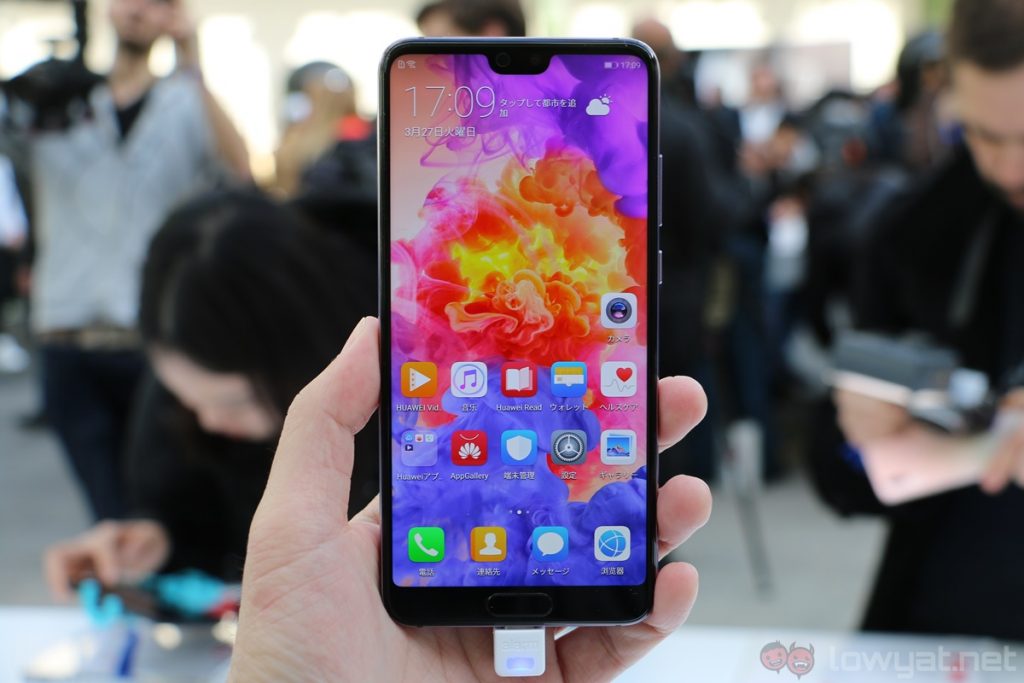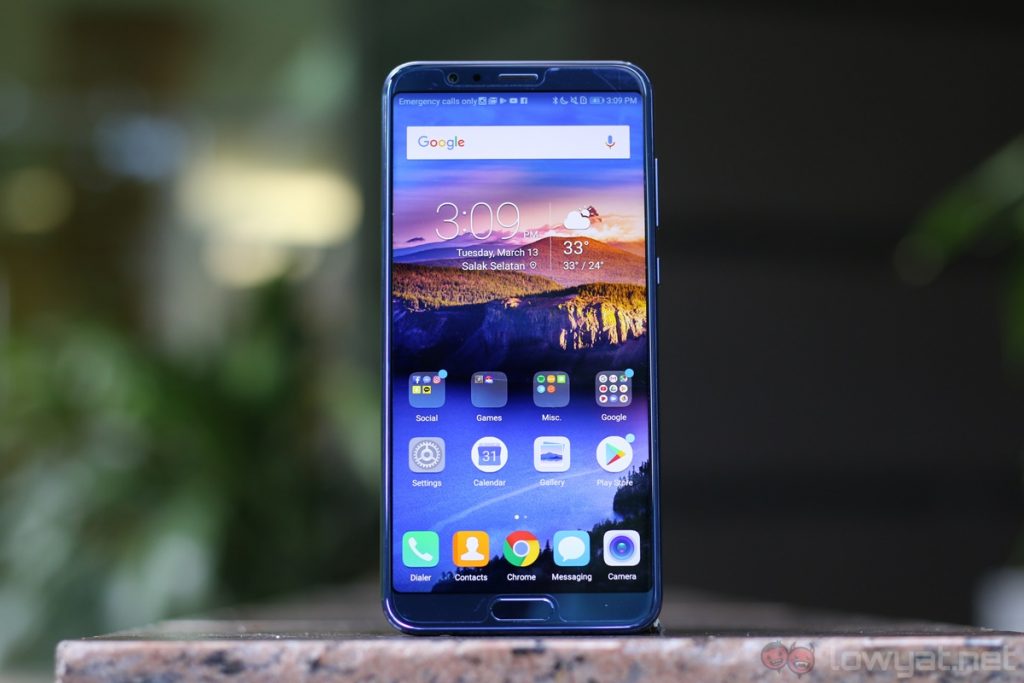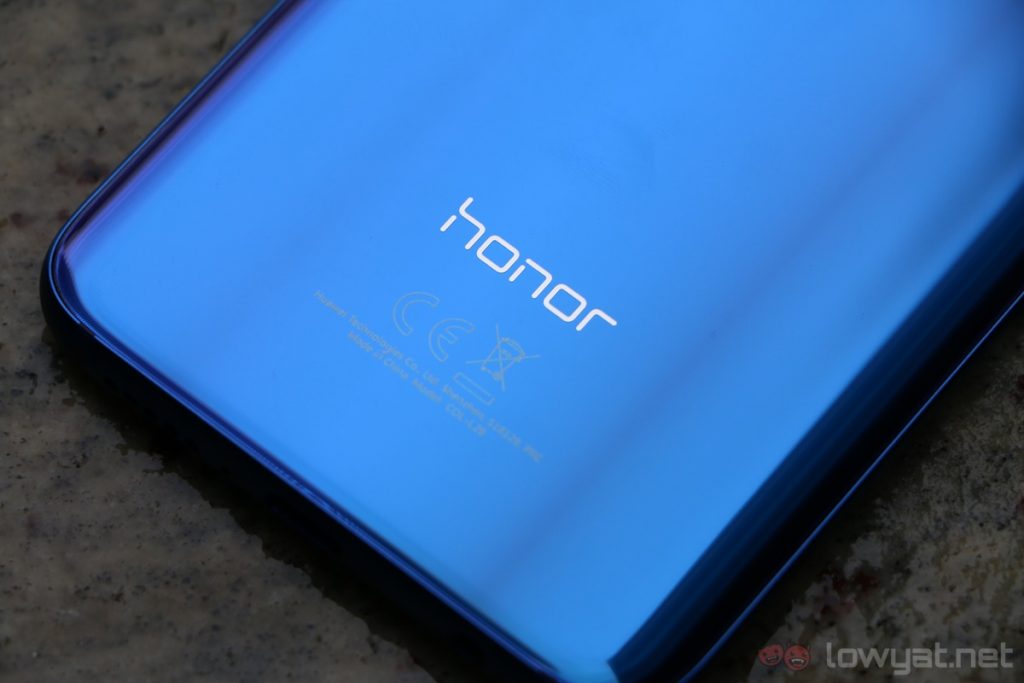honor was relatively quiet in Malaysia last year, but it’s evident that the brand is kicking things up quite a bit over here since the launch of the honor View 10. Now, we have the company’s latest flagship smartphone: the honor 10.
Sporting a sleek design and affordable price tag, the honor 10 ticks a lot of boxes, but as a whole, it is…also an average smartphone. Though many will consider this phone a more budget-friendly alternative to the Huawei P20, that’s not exactly the case.
Specifications
On paper, the honor 10 is a well-equipped flagship smartphone. It has the same Kirin 970 chipset found in the Huawei P20 phones, an ultrasonic fingerprint sensor, a generous 128GB internal storage, and an adequately big 3,400mAh battery. Unfortunately, it doesn’t have a microSD card slot.
Not surprisingly, the honor 10 also has a dual-camera system with AI scene recognition. While the camera sounds promising, its overall performance leaves much to be desired.
Design
Without a doubt this is one of the honor 10’s strong suits. The Phantom Blue colour we have here sports what honor dubs an “Aurora gradient glass” back, and depending on which angle of the phone you’re looking at, the back panel shifts from blue to purple. I also love how the glass panel refracts light in distinct, vertical stripes.
Beautiful Aurora glass back.
Aside from that, the honor 10’s build quality and ergonomics are great too. It feels premium and comfortable to use with only one hand – thanks to the rather compact 5.84-inch 19:9 display – and the metal frame has a matte finish too, giving it a sleeker, more refined aesthetic. However, it does make the frame quite slippery too.
Another interesting hardware the honor 10 has is an ultrasonic fingerprint sensor. Unlike more conventional fingerprint readers, the ultrasonic sensor is placed underneath the glass, allowing you to unlock your phone even when your finger is wet. For the most part, this sensor works fine, but I found it to be a tad slower than honor’s usually lightning fast sensor.
The ultrasonic fingerprint sensor is a tad slower than conventional ones.
And of course, there’s the notched display. To be honest, I don’t mind it at all, but if you don’t like it, you can “remove” it in the settings. This is done by darkening the area around the notch, which effectively hides it.
The main design highlight of the honor 10 is definitely the Aurora glass back. It’s mesmerising to look at, and no other phone maker – even Huawei itself, in fact – has the same kind of finish. That being said, I’m sure some consumers prefer Huawei’s more low-key Twilight finish.
User Experience
Running on EMUI 8.1 based on Android 8.1 Oreo out of the box, you’d think the honor 10 offers the same software experience and performance level as the Huawei P20 Pro. Well, you’d be wrong. Although the phone runs on the very same Kirin 970 chipset found in the P20, it doesn’t feel as fast or responsive.
The honor 10 doesn’t feel as fast as the Huawei P20.
This is especially obvious when I try to wake the honor 10 from sleep. It’s noticeably slower compared to the P20, and this delay is present when I try to unlock the phone with the fingerprint sensor or the Face Unlock feature. As far as I can tell, this isn’t a hardware issue – the Face Unlock works really fast once the phone is awake – which leaves only the software side of things.
But beyond this issue, the honor 10 performs well. It’s enjoyable to do some heavy gaming on this phone – it can run PUBG Mobile and Mobile Legends without issue – and there’s no noticeable stutter or lag. Oddly enough, I can’t run any benchmark app on this phone, which is why there are no benchmark scores here.
Enjoyable to do some heavy gaming.
Performance aside, the honor 10’s display is pretty darn good. Although it’s only an LCD panel, it is bright and vibrant, and the screen is sharp enough despite the Full HD+ resolution. I’m glad honor didn’t put in a more pixel-dense display on this phone: its battery life would’ve suffered otherwise.
Speaking of which, the honor 10’s 3,400mAh battery can return…relatively good battery life. On average, I can get between four to five hours of screen on time, which is pretty good. More often than not, I can get through a typical work day with the phone without much trouble.
Good battery life and charging rate.
Huawei’s SuperCharge technology is also supported on the honor 10, and it’s as fast as ever. Within 30 minutes of charging, the battery got up to about 60%. Pretty decent charging rate.
As far as flagship smartphones go, the honor 10 does have the performance and user experience of a premium device. But I can’t quite understand why the phone has a slight pause when I try to wake it. Hopefully, honor can address this in a future software update – I’m pretty positive it’s a software kink rather than a hardware problem.
Camera
This is where I’m slightly underwhelmed with the honor 10. Sporting a 16MP RGB + 24MP monochrome sensors on the back with f/1.8 aperture, I was expecting to take some impressive-looking shots with the phone. At the very least, I thought it could match the standard P20’s camera performance.
Slightly underwhelming camera performance.
Under ideal lighting, the honor 10 is more than capable at taking great pictures – this is a given for any flagship smartphone. But in low light conditions, the camera performance takes a dive. Not only does the camera feel more sluggish, night shots don’t look particularly impressive either. Colours look muted, the shutter speed slows down quite a bit, and the exposure leaves much to be desired.
 Top images are shot in normal mode, followed by AI Mode.
Top images are shot in normal mode, followed by AI Mode.
However, it is possible to capture some good shots in low light, but it’s not as effortless as it should be: I had to switch on the AI Mode to get better results. Images look much brighter, colours are not as muted anymore, and they generally look more flattering. However, in certain cases, the saturation is too much for my liking.
AI Mode definitely help improve the camera performance.
The honor 10’s 24MP front-facing camera, on the other hand, can take pretty good selfies. Images look sharp, and the Portrait Mode can separate myself from the background pretty well too for selfies with bokeh effects. Basically, you won’t be disappointed with the selfie shooter.
In short, the honor 10 has…okay camera performance. It’s not the best in the market, but it’s certainly serviceable. You can get good shots, but you’ll have to work for it, tweak the camera settings, and hope for the best. As mentioned, it’s not effortless to get good shots.
Sample Images
Competition
The honor 10 is only expected to be launched here on 22 May, so we don’t have the phone’s retail price yet. That being said, our source did reveal that the honor 10 will cost less than RM2,000, which gives us a number of interesting competition.
Huawei P20
It goes without saying the honor 10 will be compared to the Huawei P20. Both phones have the same Kirin 970 chipset, similar amount of storage and RAM at 128GB and 4GB respectively, and even the same 3,400mAh battery. However, the honor 10 is more affordable, and it even retains the 3.5mm headphone jack.
Despite its higher RM2,599 asking price, the P20 does have better camera performance, along with the ability to record slow motion videos at 960fps. Personally, I prefer the P20’s design more too – it feels ever so slightly more refined and premium.
honor View 10
Another alternative to the honor 10 is definitely the honor View 10 – both phones offer great value for money. They have the same Kirin 970 SoC, 128GB of storage, and similar software experience. But, the View 10 supports expandable storage, not to mention a bigger 3,750mAh battery.
In terms of value for money, it’s still not set in stones yet. The View 10 currently retails at RM1,899, and chances are, the honor 10 could be priced similarly too. We’ll just have to wait until 22 May to find out.
Conclusion
The honor 10 is a beautiful phone. In fact, I’d say it is honor’s sleekest-looking device yet – it’s just unfortunate the camera performance isn’t quite up there among the best smartphone cameras. Then again, it’s a high standard to achieve; only a few select phones offer truly amazing camera systems.
Value for money is the honor 10’s best quality.
At the end of the day, value for money is still the honor 10’s best attribute, alongside its sleek Aurora glass back. The phone’s software could still use some tweaking, but besides that, it’s really a flagship that gives you your money’s worth. The honor 10 is not the absolute best smartphone you can buy, but it certainly has good value for money.
Follow us on Instagram, Facebook, Twitter or Telegram for more updates and breaking news.



